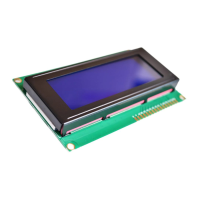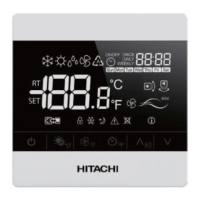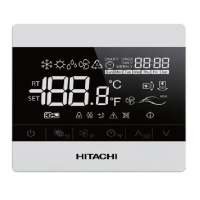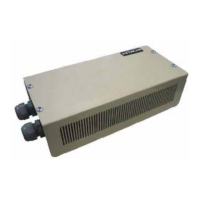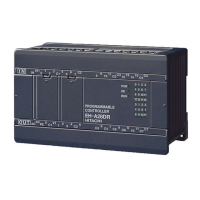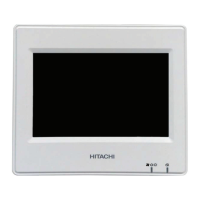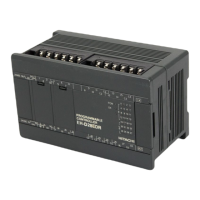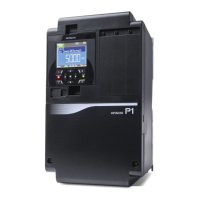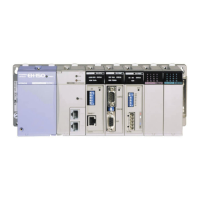33
4. CONTACTOR RELAY
4-1 TYPES OF CONTACTOR RELAYS
Refer to catalogue page 38.
4-2 PERFORMANCE
The performance of the contactor relay is subjected to tests according to the testing conditions specified by standards
(IEC, J EM, etc.), and must satisfy the values set forth in them to secure guarantee. The testing conditions vary with
the types of loads, which are classified into categories AC15 and DC11 as given in Table 24.
Table 24. Utilization categories (IEC 60947-5-1)
Kind of current Category Typical applications
Alternating current AC15 Control of a.c. electromagnets
Direct current DC11 Control of d.c. electromagnets
The major test items of the contactor relay are as follows, and in all of the tests the specified values are fully satisfied.
(1) Temperature rise test
Same as that of contactors (see page 10).
(2) Making and breaking capacities test
The test conditions of making capacity and breaking capacity test are the abnormal conditions of use shown in
Table 25.
Table 25. Conditions for making and breaking corresponding to the utilization categories (IEC 60947-5-1)
Normal conditions of use Abnormal conditions of use Kind of
current
Category
Make Break Make Break
I U cosφ I Ur cosφ I U cosφ I Ur cosφ Alternating
current
AC15
10Ie
Ue 0.7
(1)
Ie Ue 0.4
(1)
11Ie 1.1Ue 0.7
(1)
11Ie 1.1Ue
0.7
(1)
I U T
0.95
I Ur T
0.95
I U T
0.95
I Ur T
0.95
Direct
current
DC11
Ie Ue 6×P
(2)
Ie Ue 6×P
(2)
1.1Ie 1.1Ue 6×P
(2)
1.1Ie 1.1Ue
6×P
(2)
Ie = rated operational current I = current to be made or broken
Ue = rated operational voltage U = voltage before make
Ur = recovery voltage
T
0.95
= time to reach 95% of the steady-state current, in milliseconds,
P = UeIe = steady-state power consumption, in watts.
(1) The power-factors indicated are conventional values and apply only to the test circuits which simulate the
electrical characteristics of coil circuits. It should be noted that, for the circuit with power-factor 0.4 (normal
conditions of use), shunt resistors are used in the test circuit to simulate the damping effect of the eddy
current losses of the actual electromagnet.
(2) The value "6 × P" results from an empirical relationship which is found to represent most d.c. magnetic
loads to an upper limit of P = 50W, viz. 6 × P = 300ms. Loads having power-consumption greater than
50W are assumed to consist of smaller loads in parallel. Therefore, 300 ms is to be an upper limit, ir-
respective of the power consumption value.
